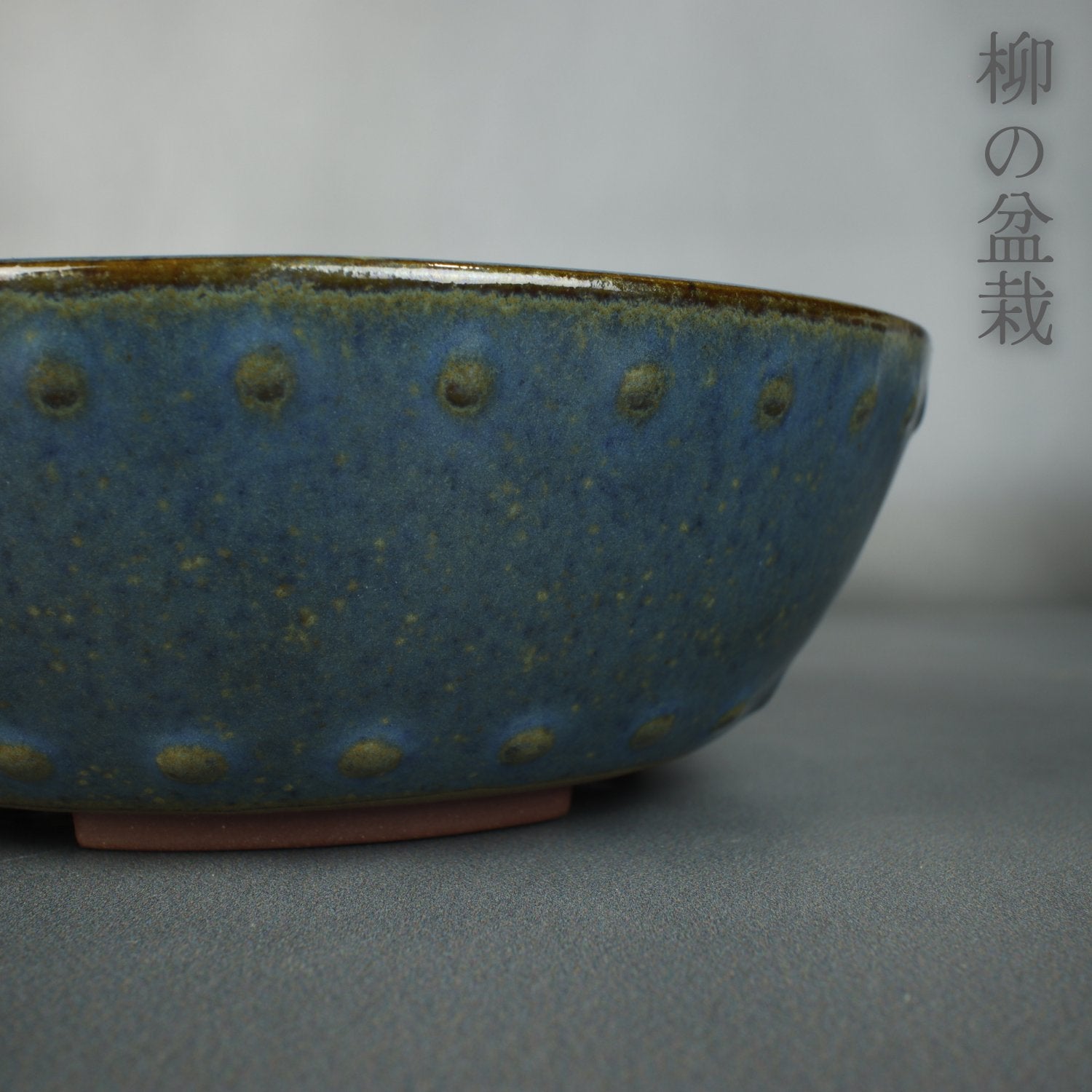How To Style Bonsai
Broom "Hokidachi"
This style features pretty much all of its branching and foliage in the top 3rd of the tree forming what looks like an upside down broom hence the name. To Achieve this style normally you would create V Cuts in the top of the trunk to create a split which will give you 2 or 3 main trunk lines to build your canopy and branching off with a fairly even spread which will prevent your branches being too compacted. The main species used for this style are Zelkova, Chinese Elm and the Trident Maple.
Formal Upright "Chokkan"
A formal upright tree will have a pretty straight trunk with a nice gental taper from top bottom to top. Traditionally this style used the Right, Left Back branch structure which creates depth the whole way around the tree, you want to make sure that as you go up the tree your branches begin to get thinner and also get short which will create a symmetrical pyramid shape. The formal upright design also benefits from an even root flare at the bottom of the tree. This style is one of the more symmetrical forms in bonsai. The branches on formal upright are wired down to replicate a snow load on trees which means this style is generally applied to species that are found in mountains or areas with heavy snow load.
Informal Upright "Moyogi"
This is perhaps the most common bonsai style you will see, similar to the formal upright the informal upright features a curved trunk with shape in it. This style if most often used for conifers and is usually a design for trees with larger trunks and a shorter height. the main concept is that the apex falls just to the side of the base of the tree of over the base of the tree with the trunk moving and winding in between, From here the design can be modified to suit your styling in terms of branch shaping. Although a good rule to follow is having all your branches fall on the outside of each bend on the tree so try to keep that in mind when shaping your trunk.
Slanting "Shakan"
Slanting style bonsai can be very interesting if done correctly. As the name insists the main trunk of the tree is leaning either to the left or right. Although you need to be careful not to lean the tree too far as this can give a feeling of instability. i would recommend trying to aim for somewhere just above 45 degrees but at least below 15 degrees. When creating this style it is important to have elongated roots on the opposite side of the lean and short roots on the same side of the lean to create an illusion of stability. this is often called tension roots ( elongated roots ) and compressed roots ( short roots ). You could also follow this structure for your branching by having longer branches on the backside of the lean and shorter branches of the front side of the lean to help create an illusion of stability. Another consideration for this style is to plant the tree to the far side of the pot with the lean leaning into the empty side of the pot to fill the negative space. If you plant it in the middle then the tree may fall outside of the pot giving an un easy appearance to the composition.
Cascade "Kengai"
This bonsai style replicates a tree growing down a mountain side and can be a very rewarding style if done right. The most common species for this is the juniper. When creating this style it is important to have a very sharp bend which can cascade straight down over the side of the pot. The apex on a cascade can either sit above the lip of the pot or even with the lip of the pot. as the tail cascades down it is good practise to keep it slowly moving out towards the viewer with plenty of movement so as you build pads each pad wont be shaded by the pad above it. The root flair is also similar to what we spoke about with the slanting tree which shows the longer roots anchoring the tree giving it stability.
Semi-cascade "Han-Kengai"
This style is very similar to cascade except you would use a smaller pot ( in terms of height ), generally a square pot or a semi deep hexagonal pot. The trees tail would fall in the space between the top lip of the pot and the feet on the bottom but the tail should not surpass the bottom of the pot. This is actually a very popular style of bonsai.
Windswept "Fukinagashi"
A windswept tree can be very similar to the slanting tree except you would style all the branches to one side of the tree to show a tree that has lived in an area that has heavy winds that push all the branch and lean the tree to one side. The trunk doesnt always have to be on a lean though for this style but it does generally look better.
Literati "Bunjin"
The literati tree is a very elegant and feminine style of tree with a longer slender trunk and all of the foliage in the top 3rd of the tree. Some literati trees have a long branch that drops down and this can very loosely be called a Bunjin tree. Generally with a literati design the tree will lean slightly to 1 side and the apex will fall either over the outside lip of the pot or beyond, You will almost always see a literati tree in a round pot.
Group/Forest "Yose-ue"
Another favourite style among bonsai enthusiasts is the forest or group planting. This can be any where from 3 trees up to as many as your mind can imagine. I've seen a group planting with 48 trees. Generally you want an odd number of tree up until about 10 trees then anywhere after that it isn't as noticeable. In japan they avoid 4 trees because the word "Shi" can be the number 4 or also the word for death. You will have a father tree ( the biggest ) and mother tree ( the second biggest ) and all the children ( everything under the mothers size ). Usually the larger trees will go in the front and the smaller trees in the back to provide depth, and all trees should have their own line of sight both from the front and side viewing angles. Its best to only use 1 species of trees in a group planting as not all species need the same watering, soil mix or fertilization so this could mean half your forest will be happy while the other half suffers.
Raft "Ikadabuki"
A raft style tree represents a tree that has fallen over but has continued to grow, you can create a raft by laying a tree on its side and creating newer little trees from each branch on the tree,
Twin-trunk Style "Sokan"
A twin trunk tree is exactly how is sounds, a tree with 2 main trunks. For this to work both trunks need to be coming from the base of the tree though, you cant just grow a branch as a second trunk a 3rd of the way up the tree. Usually 1 trunk will be smaller then the other in size as somewhat as a mother and father or some call it mother and daughter.
Roots Over Rock "Ishitsuki"
Root over rock bonsai is a very popular style in which trees are planted over a rock and over a few years the roots are slowly exposed until the roots are firmly wrapped around the rock with the tree over the top. Popular species for this are trident maple, Chinese elm and ficus. But these aren't the only trees that can achieve this style.














